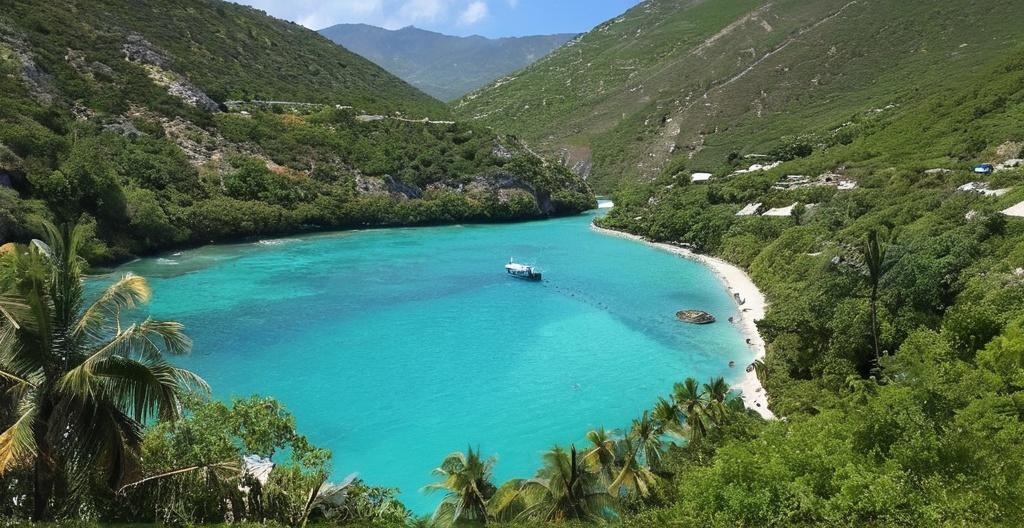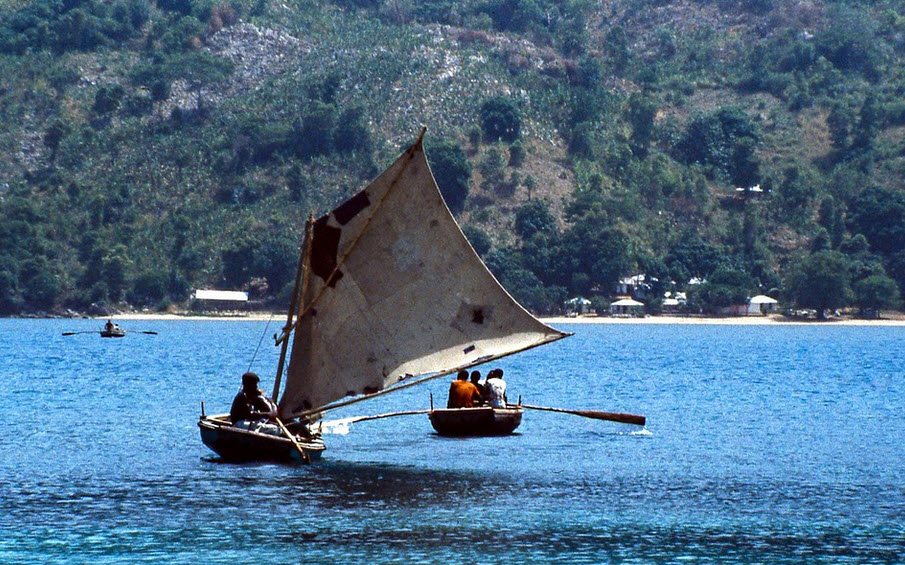Key Take Aways About Climbing in Haiti
- Haiti offers unique climbing experiences with challenging terrains like Chaine de la Selle and Massif de la Hotte.
- Pic la Selle, the highest peak, provides diverse landscapes and views.
- Local guides enhance safety and cultural insights while supporting the community.
- Cultural interactions enrich the climbing adventure, despite language barriers.
- Preparation is crucial due to limited infrastructure; essentials include water, first-aid, and sturdy gear.
- Tropical climate demands lightweight clothing and early climbing starts.
- Climbers should minimize environmental impact to preserve Haiti’s beauty.
- Haiti offers a blend of physical challenges and cultural immersion, offering a rewarding adventure.

Climbing Adventures in Haiti
Haiti, often overshadowed by its Caribbean neighbors, holds a treasure trove for climbers looking for something a bit off the beaten path. It’s not just the verdant coastlines or historical sites that draw in adventurers; the country’s mountainous terrain offers a unique climbing experience.
The Mountainous Terrain
Haiti isn’t just about beaches and palm trees. The country’s topography is dominated by mountain ranges, earning it the nickname “Land of Mountains.” The Chaine de la Selle and Massif de la Hotte offer challenging climbs and stunning vistas. These mountains aren’t for the faint-hearted; the altitude and rugged paths require a decent level of fitness and determination. But for those willing to put in the effort, the rewards are worth it.
Popular Climbing Spots
One of the more renowned spots for climbers is Pic la Selle, the highest peak in Haiti at over 2,600 meters. It’s not just about reaching the summit; the journey itself offers a mix of dense forest and open ridges, providing climbers with ever-changing views and experiences. There’s also the Massif de la Hotte, where the trails wind through some of the country’s remaining pine forests.
Local Guidance
For those unfamiliar with the terrain, hiring a local guide can make all the difference. Guides offer not just safety and navigation skills but also a bit of local flair, sharing stories and insights that you won’t find in any guidebook. Plus, supporting local tourism directly impacts the community, providing much-needed economic benefits.
Cultural Interactions
Climbing in Haiti isn’t just an outdoor adventure; it’s a cultural exploration. The trails often pass through small villages where climbers can interact with locals. While the language barrier might be a thing—Haitian Creole being the primary language—a smile and a friendly gesture often bridge the gap. It’s these moments that often make the trip memorable, as you get a glimpse into the daily lives of Haitians.
Need for Preparation
Climbing in Haiti doesn’t have the same infrastructure as more established climbing destinations. Expect basic amenities and prepare accordingly. Water is essential, and purifying tablets are a good idea since clean water can sometimes be hard to come by on the trails. A proper first-aid kit, sturdy footwear, and a reliable map or GPS are crucial. Don’t forget to pack snacks; the local cuisine is delicious, but not always available when you’re halfway up a mountain.
Climate Considerations
Haiti’s climate can be as challenging as its trails. The tropical weather means it’s often hot and humid, with a chance of sudden rain showers. Planning your climb during the cooler months is advisable, and morning starts can help to evade the midday heat. Lightweight, breathable clothing, and plenty of sunscreen help you deal with the climate.
Personal Anecdote
During a climb up Pic la Selle, an unexpected downpour turned the narrow dirt trails into slippery mud slides. While it added a layer of difficulty, it was also the perfect excuse to take shelter in a nearby village. There, a group of locals invited me to join them under the thatch roof of a small hut. A simple meal of rice and beans, shared with strangers who became quick friends, turned a challenging day into a heartwarming memory. It’s those unexpected twists that often make travel so rewarding.
Environmental Impact and Consideration
Climbers should be mindful of the ecological footprint they leave behind. Stick to established trails, pack out whatever you pack in, and be respectful of the natural surroundings. It’s not just about personal ethics; it’s a way to ensure these natural climbing spots remain pristine for future adventurers. Haiti’s natural beauty deserves to be preserved, and climbers can play a role in that conservation.
The Verdict
Climbing in Haiti offers a blend of physical challenge, cultural immersion, and scenic beauty. It’s not just a trip for the photo opp; it’s an experience that engages all your senses and leaves a lasting impression. It might not have the fame of other climbing destinations, but for those willing to explore its trails, Haiti provides an adventure that’s hard to match.
